The Ukraine imbroglio
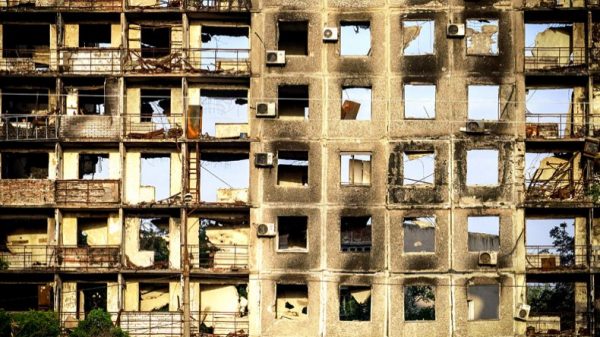
Imran Khalid:
AFTER half a year of the blitzkrieg invasion of Ukraine, Russia now ostensibly appears to be, as per majority of western analysts, sinking deeper into this quagmire, as Ukraine’s resistance has forced Russia’s military to a virtual standstill and its image as a fighting force is ‘shattered’ for the time being. Western analysts are trying to portray Russia’s military as an ill-disciplined fighting machine that is equipped with obsolete weapons and supported by an antiquated supply chain and logistical support. Its main argument is that despite six months of fighting, the Russian military, with lack of command and control at lower levels, has not been able to move beyond Donbas, an area which was occupied by the Russian forces in the first few weeks of the invasion.
This argument apparently sounds valid when viewed against the backdrop of the ‘paralytic halt’ in the Russian invasion of Ukraine since March. But the fact is the the Russian military is not as much ‘inept and incompetent’ as being projected by westerners. With Donetsk and Luhansk predominantly being under Russian control and a large swathe of southern Ukraine also being under the Russian occupation, the question is: what constitutes a ‘loss’ for Ukraine and its western supporters and where will they draw the line?
Discipline in Russian military units is reported to be at an all-time low. Russia has in six months lost more soldiers than the USSR did in nearly a decade of its attempt to invade Afghanistan. This is also true that there are major supply chain and logistical hindrances that are drastically impeding the ground operation of the Russian army. But, writing off the Russian army altogether as a useless war machinery is little too unrealistic. To move further inside the Ukrainian territory and then maintain its control, the Russian army needs massive logistical support that is technically very difficult to execute as well as it will put inordinate financial pressure on the Russian economy, which is already subjected to the stringent possible international sanctions.
Vladimir Putin, knowing well of the limitations, seems to be content with 20 per cent of the Ukrainian land in southern and eastern parts of the country — perhaps this was primary objective of his attack on Ukraine. A further invasion of the Ukrainian territory is not viable for Russia at the moment — tactically and financially. Historically speaking, the traditional rivalry between the west and the Russian Federation has been the main cause of the ongoing predicament of Ukraine and its people. Ever since the beginning of the 21st century, the Ukrainian people and politics have been clearly divided into two opposing camps: pro-western and pro-Russian.
The rivalry between the two camps picked up fire in the last two decades — experiencing two pro-western revolutions, or coups, against pro-Russian governments. This political divide has all the potential to result in the partition of the Ukrainian state in the coming days if the Russian occupation continues till the summer of 2023. Some parts of the country, the Crimean Peninsula and the Donbass region, are already lost. Now, Russia is employing intense efforts towards ‘Russification’ of the occupied to permanently annex it.
The unexpected resistance exhibited by the Ukrainian government and its people has surprised both the Russian government and western countries. Russia has been paying an acutely high price in the form of thousands of soldiers as well as colossal material losses — including a large number of planes and helicopters, hundreds of armoured vehicles. On the other hand, in their efforts to push back the Russians, western countries have intensified their military, political and economic support for Ukraine. The prime objective of the western countries is to ensure that Russia incurs even greater losses with each passing day in this war. However, ironically, their similar reaction to the Russian invasion, the implication of the invasion will be quite different for different western countries.
While Washington is taking the full advantage of the Ukrainian crisis, European countries are paying a very high price in different ways. First, the European countries are inordinately dependent on Russian natural gas and oil. With the war in Ukraine lingering without any endgame in sight, European gas and oil prices are skyrocketing and wreaking havoc on their economies. Soon, it will begin to aggravate the cost-of-living crisis throughout the continent — the heat of this looming crisis can be felt in the form of growing anxiety on the streets and roads of the European continent.
Second, after the Russian attack, millions of Ukrainians have fled their home to seek refuge in other European countries. Although for the time being, almost all European countries are showing high-octane generosity in accepting the Ukrainians, but in the mid- and long-terms, the refugee problem will definitely hit the already dithering European economies even harder. Third, in view of the ever-growing Russian threat, European countries will be compelled to expand their defence budgets, putting further pressure on their economies.
The United States, however, it seems, is the least affected country by the situation arising out of the Ukrainian crisis. In fact, the United States is a major beneficiary. Unlike European countries, the United States is not dependent on Russian gas and oil. It has, therefore, a much deeper pockets at its disposal to sustain a large-scale war. The second benefit provided by the Ukraine episode for the United States is the revival of NATO, the future of which was in complete disarray until the Russian forces crossed the Ukrainian border in the last week of February.
With the Russian invasion of Ukraine, the United States found the best possible opportunity to consolidate and revive the fading NATO alliance. Suddenly, after the start of war on the eastern flank of the continent, the European countries realised the importance and relevance of NATO — and American power — for Europe. The pace with which the new Nordic members, Finland and Sweden, were inducted into its fold is a testimony to the vulnerability of the European countries in the face of a big war on their continent. The Ukraine invasion has inversely consolidated the transatlantic security alliance under the leadership of Washington.
In addition to resuscitating NATO from its chronic lethargy, the United States has also used the evolving situation to its advantage by increasing its military presence in Europe. Hosting a large number of US troops in normal circumstances would have not been a welcome step for the Europeans, but in their urge to safeguard against any possible Russian aggression, now they have readily allowed the United States to station more than 100,000 troops on their soil — the highest number of US soldiers in Europe since World War II. Factually speaking, the war in Ukraine has enabled US president Joe Biden to repeat his famous February rhetoric: America is back and NATO is back.
Labelling the conflict as part of Russia’s resistance to an expansionist NATO, Putin is not expected to accept any suggestion of ‘defeat’ or ‘unilateral ceasefire’. Instead, he may try to forcefully punish and snub Ukraine’s desire for a closer EU integration by advancing towards the key port of Odessa, effectively landlocking the country and strangling its exports. Ukraine’s president Volodymyr Zelensky, meanwhile, may seek additional tactical successes, like the sinking of the Moskva missile cruiser in April, or possibly even retake some areas to remotivate Ukrainian troops and society and justify his requests for more financial and material assistance from European backers. Ukraine’s resistance will depend on the commitment of continued support from the west, which is already showing the signs of fatigue.
Putin is counting on this kind of scenario, where the western leaders will hold up, especially if voters feel the costs and it would push them to convince the Ukrainians to end the conflict on Russia’s terms. But this is a distant possibility. Barring a disastrous military miscalculation, the Ukrainian army is unlikely to crumple outright in the near future and Zelensky will not accept any negotiations that do not guarantee the recovery of all the lost territory, including Crimea. But all this squarely depends on the continued military and financial support from the west. Western arms manufacturers are now struggling to cope up with the sudden high demand. Western militaries are also now keeping one eye on their own inventory of these weapons, worried that donations now would leave their own militaries stripped of the very weapons they would require if they were directly dragged into this conflict.
Similarly, aid fatigue is increasingly becoming palpable in the United States and with energy prices touching the historic numbers and economists forecasting a menacing recession, now voices are emanating from within the Republican ranks for aid to Ukraine to be reduced and for president Joe Biden to shift his focus on domestic affairs rather than foreign wars. So, things are moving towards more complications in the Ukraine imbroglio.
Dr Imran Khalid is a freelance contributor from Karachi, Pakistan.



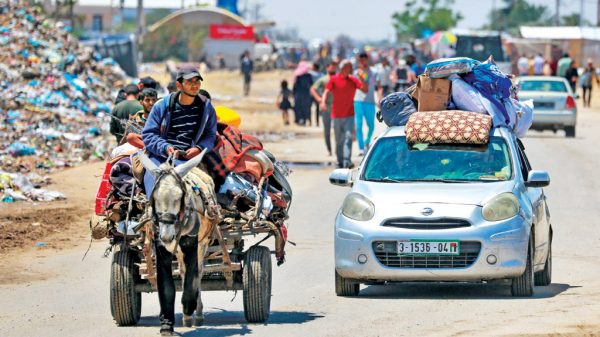


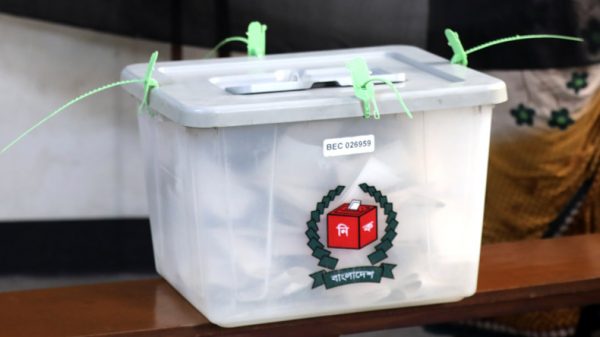
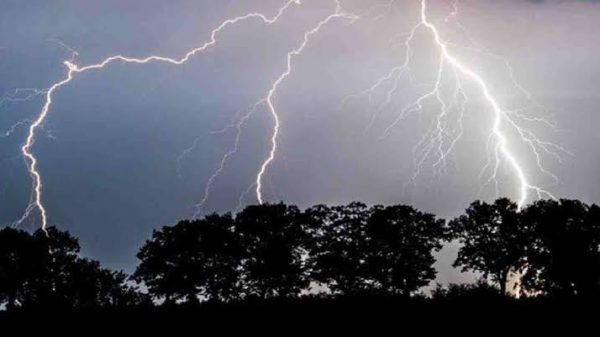

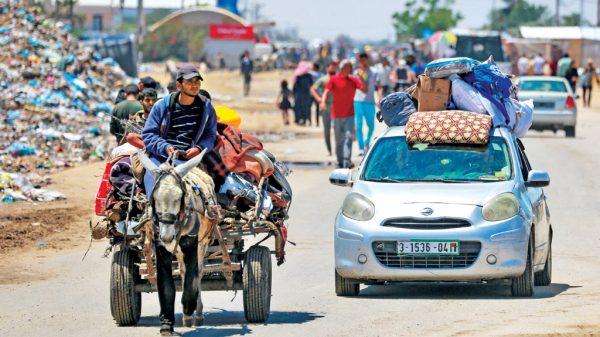
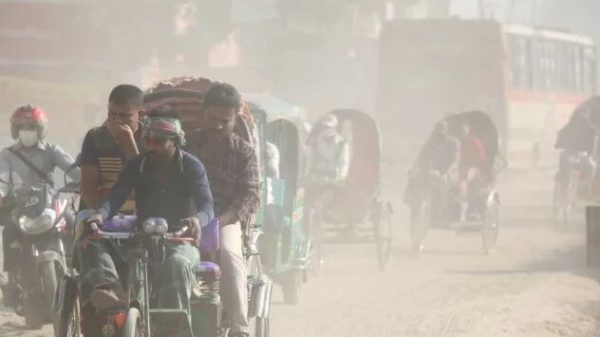












Leave a Reply